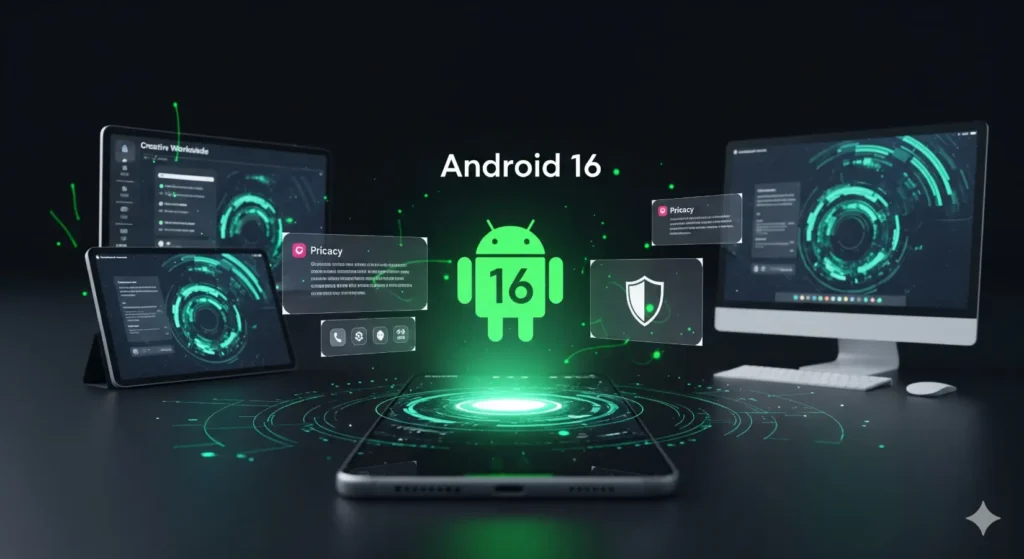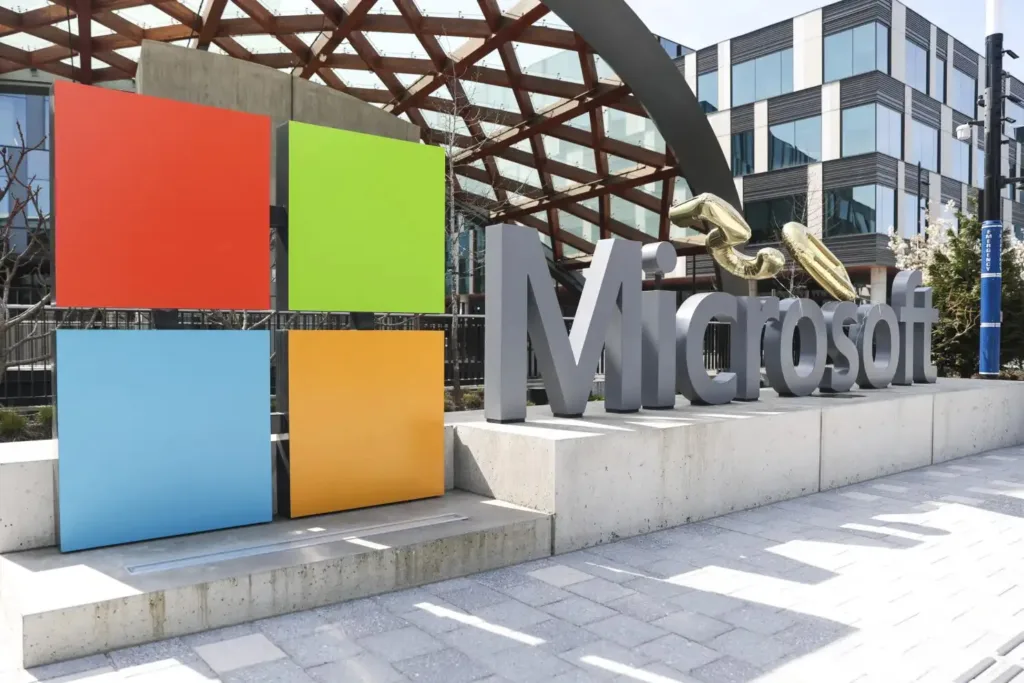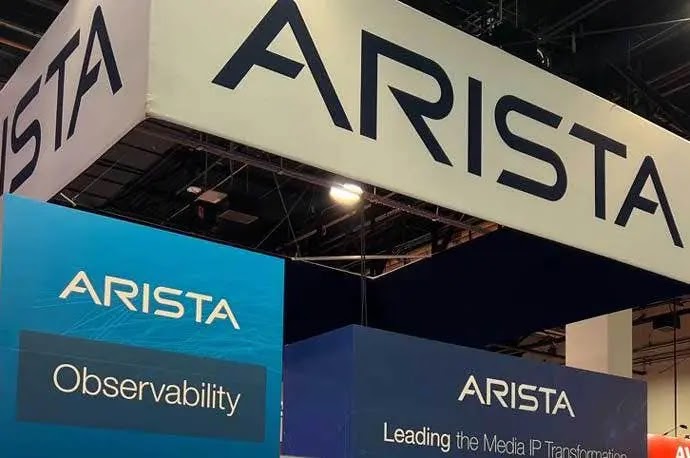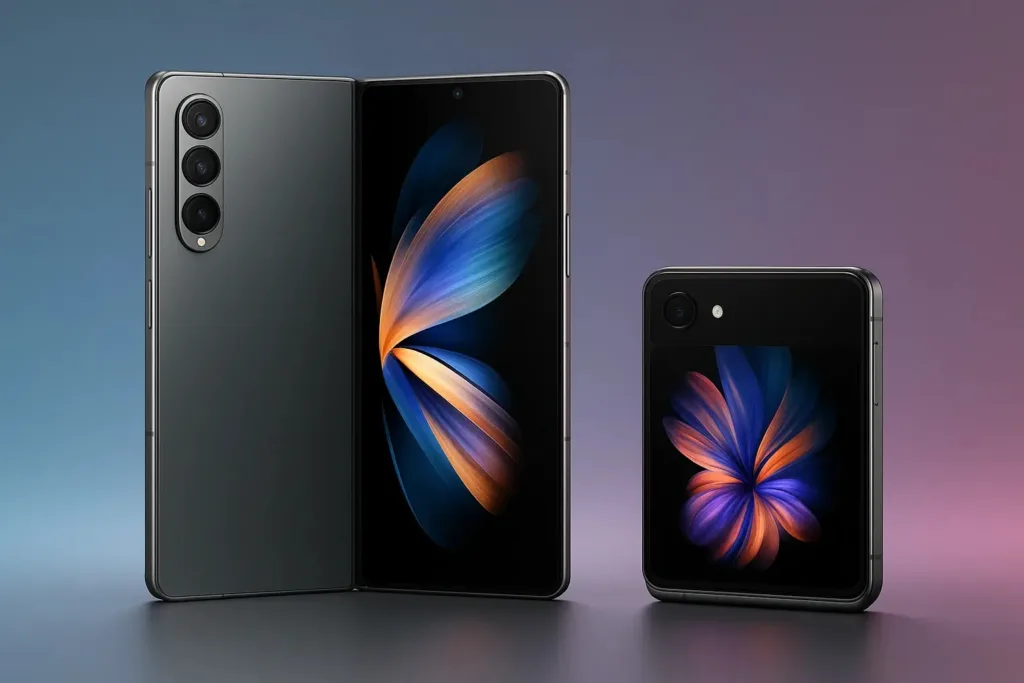Android 16 — affectionately codenamed Baklava — is a focused release that pushes Android toward being cleaner, more secure, and more productive across phones, tablets, and big screens. It doesn’t just tweak visuals: it introduces new notification behavior, stronger privacy and developer tooling, deeper media and health integrations, and even a built-in Linux terminal. Below I walk through the major changes in plain language, explain why they matter, and finish with a compact comparison table that shows how Android 16 differs from Android 15.

Android 16 in a Nutshell
Android 16 sharpens the Android experience in three big ways:
- Smarter notifications — Live Updates, auto-grouping, and notification cooldown make alerts more glanceable and less distracting.
- Stronger privacy & safety — Advanced Protection, Health Connect FHIR APIs, and an improved Photo Picker give users and developers better control.
- Productivity upgrades — Desktop-mode windowing, a native Linux Terminal, and the new APV pro video codec empower creators and large-screen users.
If you skim nothing else, remember: Live Updates change how you see ongoing services, the Linux Terminal unlocks new workflows for developers, and APV brings high-quality, edit-friendly video capture for creators.
What’s new — detailed walkthrough
Material 3 Expressive: a more polished, lively UI
Android 16 moves the visual language forward with what Google calls Material 3 Expressive. This isn’t a total redesign but a refinement: more fluid animations, richer color/blur treatments, and subtle motion that make interactions feel snappier and more modern. Expect more consistent, expressive UI pieces across system apps and Pixel devices first, with other manufacturers adopting elements on their own timelines. The change is mainly about feel and polish — it’s visible but not disruptive.
Notifications: Live Updates, automatic grouping, and cooldowns
Android 16 introduces Live Updates — notifications that can show real-time progress and interactive content for ongoing journeys (think ride status, delivery tracking, or live sports updates) without forcing you to open the app. The system also aggressively groups related notifications to reduce clutter and adds a notification cooldown mode that temporarily dampens a stream of repetitive alerts so your phone stops buzzing every few seconds for the same thing. These changes aim to make notifications more useful and less distracting. Developers get new templates and APIs to design these Live Update notifications.
Accessibility & audio: better hearing-aid support and LE Audio/Auracast
Accessibility sees practical improvements: Android 16 expands support for modern Bluetooth hearing devices (LE Audio) and makes it easier to use the phone’s mic with hearing aids for clearer calls. On the consumer audio side, Android adds and expands Auracast / LE Audio support so a single device can broadcast audio to many receivers (or two headphones can listen at once). That opens shared listening scenarios — from quiet movies on a plane to public broadcasts — while lowering power usage for compatible headphones.
Privacy & security: Advanced Protection and stricter media controls
Android 16 includes a stronger protection posture for high-risk users and introduces several privacy-focused refinements. This release tightens media access via the Photo Picker, gives apps only the items you select (now with better cloud search/embedding), and continues to harden intent handling and keystore interfaces for apps. Google also bundles new enterprise and app behavior controls to reduce abuse and accidental overreach. The theme is: more control for users, clearer behavior for apps.
Productivity & multitasking: Desktop windowing and better large-screen tools
A long-rumored desktop-style multitasking mode arrives in a more official way: Android 16 has new windowing and taskbar behaviors that let you resize and float app windows on tablets and external displays, plus workflow improvements for keyboard users. This moves Android closer to a laptop-like experience on big screens and foldables, making the platform more capable for light productivity. OEMs will integrate this into their own skins, so behavior and polish may vary by manufacturer.
Photo picker: embedded views and cloud search
The Photo Picker — introduced in Android 13 to protect user privacy — is more useful in Android 16. Apps can embed the picker UI directly instead of launching a separate dialog, and the picker can search cloud media providers (so you can find a backed-up photo without leaving the app). You’ll also see quality-of-life additions like pinch-to-zoom grids and easier multi-select on Canary builds, improving the day-to-day experience of sharing media.
Health Connect: medical records (FHIR) support
Health Connect expands beyond fitness data: Android 16 adds APIs to read/write medical records in FHIR format (the healthcare industry standard), initially behind an early-access program. That enables secure, consented sharing of immunizations, labs, and similar records between apps that the user authorizes. It’s a careful, privacy-conscious step toward letting health apps talk in a standard, interoperable way on Android.
Audio & sharing: Auracast becomes more practical
We touched on Auracast earlier, but it’s worth underscoring: with Android 16’s Auracast/LE Audio features, phones can act as an audio broadcaster to multiple listeners and use QR/Fast Pair mechanisms to let people join a shared stream. Google is expanding this support across devices, and Pixel updates have already brought Auracast to more models. Be aware: your headphones must support LE Audio to benefit.
Media & creators: APV professional video codec, HDR screenshots
Android 16 introduces APV (Advanced Professional Video) — a high-bitrate, intra-frame codec aimed at creators who need color fidelity and editing headroom (10-bit color, 4:2:2 sampling profiles in some modes). The platform also brings better HDR screenshot support and other camera APIs that benefit pro workflows. In short: better capture and editing quality for creators who shoot on phones.
Linux Terminal & virtual machines: terminal + GUI Linux apps
One of the more surprising additions is a first-class Terminal app and Linux VM support. Android 16 exposes an official Linux development environment via the Android Virtualization Framework: the Terminal app can download a Debian-based image and run a sandboxed VM, allowing CLI workflows and (in later builds) even graphical Linux apps inside a contained VM. It’s a boon for developers and power users who want local Linux tools without rooting.
Developer tools & performance: profiling, headroom APIs, adaptive refresh
Android 16 brings developer-focused capabilities for diagnosing slow startups and ANRs (system-triggered profiling), plus APIs that expose CPU/GPU “headroom” so heavy apps can adapt rendering and save battery. Adaptive refresh rate helpers make it easier for apps to pick the right frame rate for smoothness vs. power. These are practical upgrades that should produce more stable, battery-friendly apps over time.
📚 Read More
Check out the latest OxygenOS 16 beta rollout and features.
All the latest phones hitting the market this September.
A closer look at Google’s quirky yet powerful new Nano Banana tech.
Android 16 vs Android 15 — comparison table
Below is a compact table comparing the major user-facing and developer-facing changes between Android 15 and Android 16. (Cells summarize the practical difference; for links to full API details see the Android developer documentation cited after the table.)
| Area | Android 15 | Android 16 (What’s new / different) |
|---|---|---|
| UI language | Material You refinements; incremental polish | Material 3 Expressive — richer animations, blur, and updated system surfaces. |
| Notifications | Traditional notifications, grouped manually; no live activities | Live Updates (real-time, interactive progress notifications), forced auto-grouping and notification cooldown to reduce spammy bursts. |
| Photo picker | Privacy saver since Android 13; local-first | Embedable photo-picker in app views + cloud search and new picker UX improvements (grid size, multi-select). |
| Accessibility / hearing aids | Basic accessibility improvements, LE Audio limited | Expanded LE Audio & hearing aid support, phone-mic switching for clearer calls. |
| Security & privacy | Ongoing privacy sandbox and app permission controls | Advanced Protection features, tighter media and intent controls, more explicit consent flows. |
| Multitasking / large screens | Split-screen, foldable support | Desktop-style windowing, taskbar/resize behaviors for tablets and external displays. |
| Health data | Health Connect for fitness/wellness | Health Connect adds medical records (FHIR) support (early access). |
| Audio sharing | Classic Bluetooth audio; limited LE Audio rollout | Broader LE Audio / Auracast support for multi-listener broadcasts and easier pairing. |
| Media / camera | HEIC/HEIF support, general camera APIs | APV professional video codec (10-bit, 4:2:2 profiles), HDR screenshots, pro camera controls. |
| Linux / dev environment | Workarounds (Termux, containers) | Native Terminal app + Linux VM using AVF — official developer terminal & sandbox. |
| Developer tools | Standard profiling | System-triggered profiling, CPU/GPU headroom APIs, adaptive refresh helpers. |
| Release & devices | Pixel-first historically | Android 16 rolled out to Pixel devices first (June 2025); OEM rollouts staggered. |
(Table sources: Android developer docs, Google product blog, AOSP release notes and recent coverage.)*
What Android 16 means for everyday users and power users
For most users, Android 16 will feel like a smoother, less noisy OS: notifications become more meaningful and less distracting, photo sharing is easier and safer, and audio sharing gets modernized for the new generation of Bluetooth devices. For creators, APV and improved camera pipelines mean phones are more capable capture devices. For power users and developers, the Linux Terminal and better profiling tools open new workflows — you can run development tools, automation, or some desktop apps without hacking your phone. The changes are evolutionary rather than revolutionary, but their combined effect is a more productive, privacy-minded Android.
Release timeline & who gets it first
Google published Android 16 (stable) in mid-2025 and began rolling it out to supported Pixel devices first; other OEMs (Samsung, OnePlus, Xiaomi, etc.) typically follow with their own schedules and UX adjustments. If you want to try Android 16 early, the Android Emulator and developer previews/betas are available for testing; for stable updates, keep an eye on your phone maker’s update announcements. Expect rollout timing to vary by region and model.
Tips before you update
- Back up your data (cloud backup and local), because OEM builds can occasionally introduce bugs.
- If you rely on accessibility or niche apps, check app compatibility notes during beta stages.
- For creators relying on APV workflows, check app support for the new codec before switching production devices.
- If you’re an enthusiast who likes to tinker, installing Android 16 on Pixel devices first reduces the risk of missing OEM-specific bugs.
Final thoughts
Android 16 is a pragmatic release: it improves the things people touch every day (notifications, sharing, privacy) while introducing several platform wins for creators and developers (APV codec, Terminal, profiling APIs). You won’t need a brand-new phone to feel the benefits — many changes are behavioral and dependent on app support — but as apps adopt Live Updates, better photo picker integration, and the new media stack, the cumulative experience will feel noticeably more polished and productive.
If you’d like, I can:
- Draft the article formatted for your SameerTech.in WordPress post (with headings, intro hook, SEO meta description and link suggestions), or
- Create a clean 16:9 feature-image prompt you can use with an image generator, or
- Expand any section above into a standalone deep dive (e.g., how to implement Live Updates as an Android dev or how APV compares technically to other codecs).



